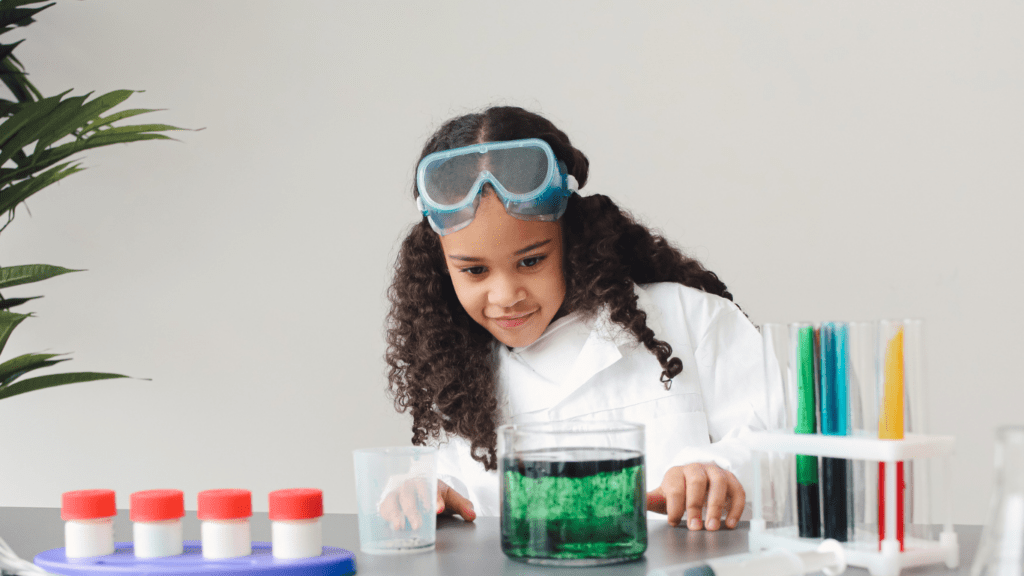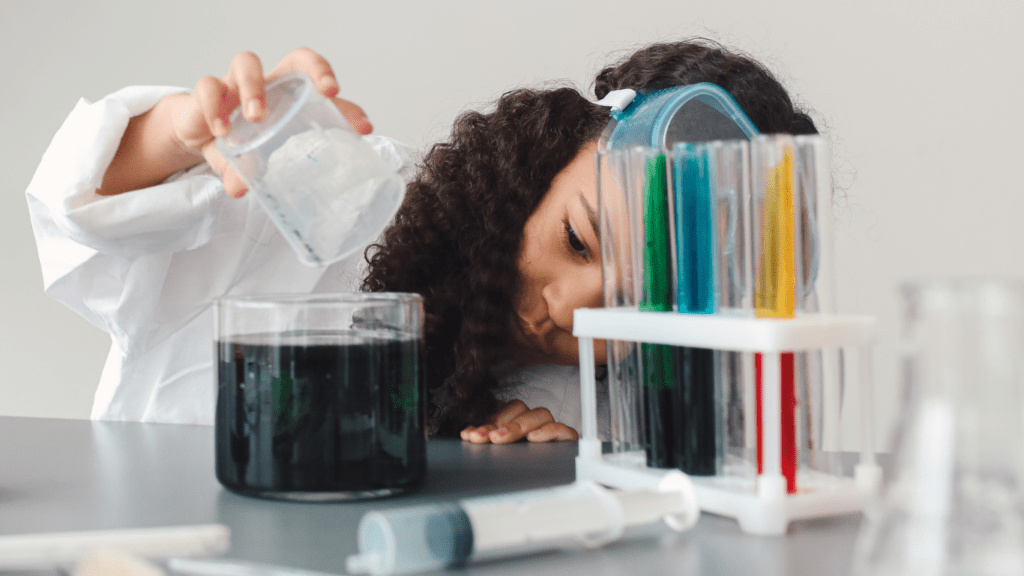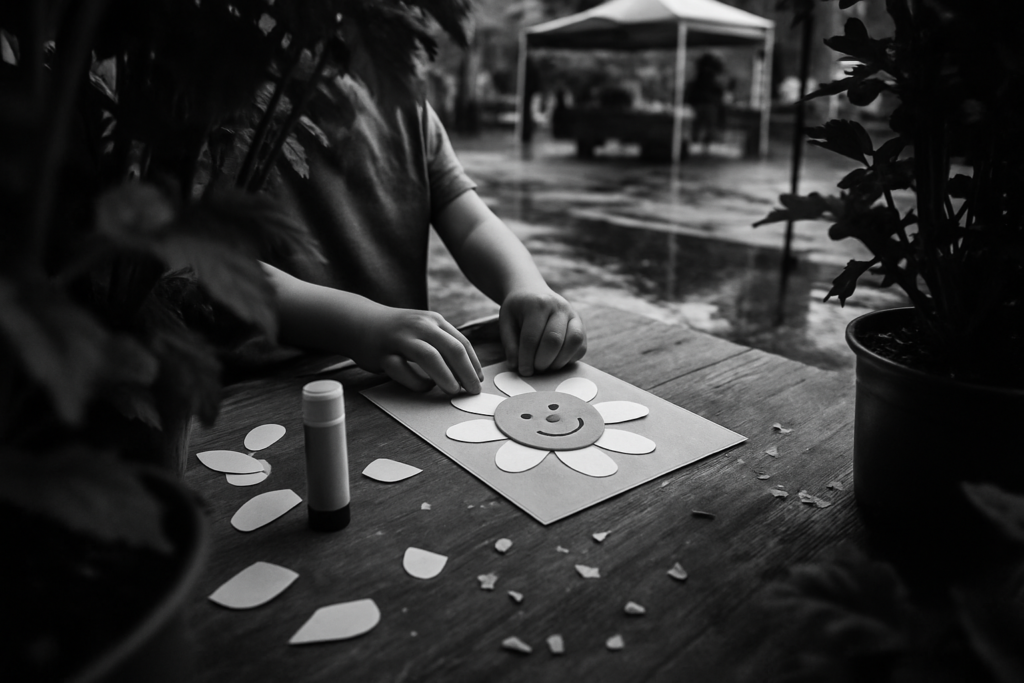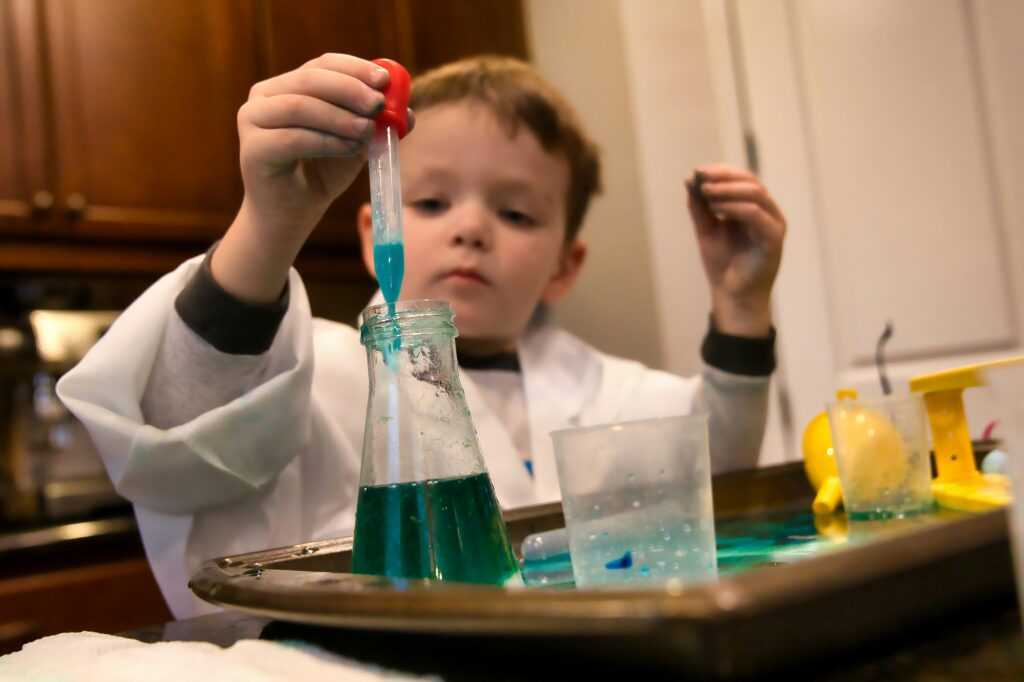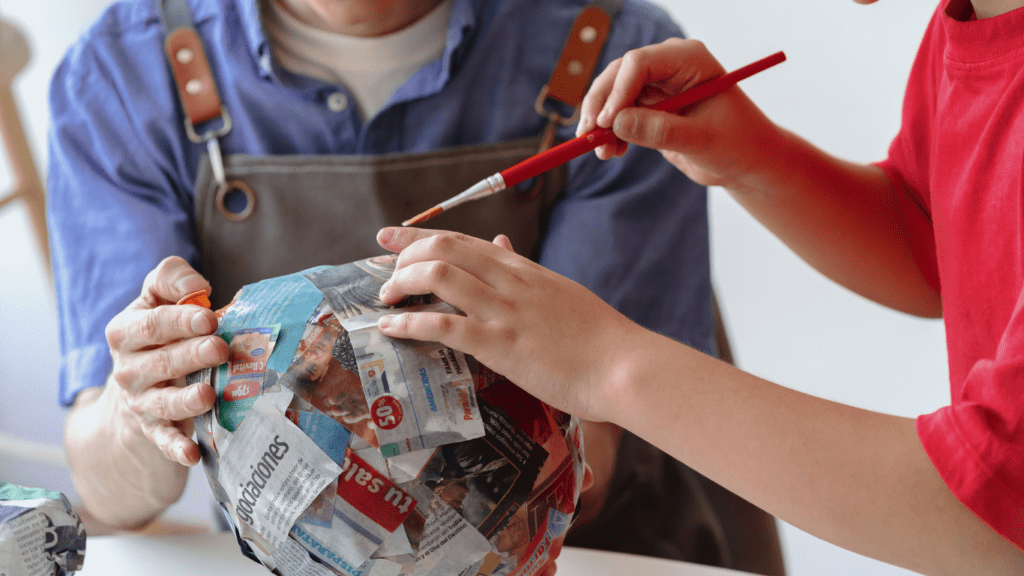Are you ready to spark curiosity and excitement in your little scientist? Dive into the world of DIY science experiments! In this article, I’ll guide you through a collection of engaging and educational projects that will captivate young minds and inspire a love for science.
From erupting volcanoes to colorful chemistry reactions, these hands-on experiments are not only fun but also packed with valuable learning opportunities. Get ready to explore the wonders of science right at home with simple materials and easy-to-follow instructions.
The Benefits of DIY Science Experiments
Engaging in DIY science experiments offers numerous advantages for young learners. These hands-on projects not only make learning fun but also provide valuable educational benefits. Little scientists not only get to enjoy the excitement of creating erupting volcanoes or witnessing colorful chemistry reactions but also enhance their critical thinking and problem-solving skills through experimentation.
Exploring science through DIY projects sparks curiosity and fosters a deeper understanding of scientific concepts. By actively participating in experiments, children can see the practical application of theoretical knowledge, making learning more tangible and engaging. Additionally, these experiments help develop a sense of independence and self-confidence as young scientists successfully complete each project and witness the outcomes of their efforts.
Moreover, DIY science experiments promote creativity and innovation by encouraging children to think outside the box. Through trial and error, young learners have the opportunity to explore different hypotheses, test various variables, and draw conclusions based on their observations. This hands-on approach not only cultivates a passion for discovery but also instills a love for learning that extends beyond the confines of the experiment itself.
Overall, engaging in DIY science experiments is a rewarding experience that combines fun and education, providing children with a holistic learning environment that nurtures their curiosity, critical thinking, creativity, and scientific knowledge.
Safety Precautions and Guidelines
When it comes to DIY science experiments, safety should always be the top priority. Here are some essential tips to ensure safe experimentation:
- Adult Supervision: It’s crucial to have an adult present whenever conducting science experiments, especially with young scientists.
- Read Instructions Carefully: Before starting any experiment, make sure to read and understand all instructions thoroughly.
- Use Safety Gear: Depending on the experiment, safety gear like goggles, gloves, or aprons may be necessary to protect against accidents.
- Proper Ventilation: Some experiments may involve chemicals or fumes, so ensure the area is well-ventilated to avoid inhaling harmful substances.
- Clean Up Spills Immediately: In case of spills, clean them up promptly to prevent slips or chemical reactions.
- Dispose of Materials Properly: Follow guidelines for disposing of materials, especially chemicals, to protect the environment and prevent harm.
- Avoid Ingestion: Make sure all materials are non-toxic and keep them out of reach of children to prevent accidental ingestion.
By following these safety precautions and guidelines, you can enjoy a fun and educational DIY science experiment while ensuring a safe environment for everyone involved.
Popular DIY Science Projects for Kids
When looking for popular DIY science projects to engage kids in fun and educational activities, there are several exciting options to consider. Here are some engaging experiments that kids love:
- Creating a Volcano: One classic and beloved experiment is making a volcano erupt using simple household items like baking soda, vinegar, and food coloring. This project not only teaches kids about chemical reactions but also provides a visually stimulating experience.
- Building a Homemade Solar Oven: Constructing a solar oven with a pizza box, aluminum foil, plastic wrap, and black construction paper is a fantastic way to introduce kids to solar energy and sustainability concepts. They can learn about harnessing the sun’s energy to cook food.
- Making Slime: Slime-making is a favorite among kids due to its squishy texture and vibrant colors. By combining ingredients like glue, borax, and water, children can create their own slime while learning about polymer chemistry.
- Constructing a Lemon Battery: With just a few simple materials like lemons, copper coins, and zinc-coated nails, kids can build a lemon battery to power a small LED light. This experiment demonstrates the basics of electrical circuits and conductivity.
- Growing Crystals: Growing crystals at home using common household items like sugar or salt allows kids to witness crystal formation firsthand. This project teaches them about the process of crystallization and the unique structures of different crystals.
Engaging kids in popular DIY science projects not only makes learning fun but also instills a passion for science and discovery. These hands-on experiments spark curiosity and creativity while enhancing children’s critical thinking skills in an interactive and enjoyable way.
Engaging Children in STEM Learning
Growing up, I always found science captivating, especially when I could roll up my sleeves and dive into hands-on experiments. For young minds, engaging in STEM (Science, Technology, Engineering, and Mathematics) activities is key to igniting a lifelong love for learning. Encouraging children to explore the wonders of science through fun and educational projects can not only enhance their critical thinking skills but also foster creativity and curiosity.
As a parent or educator, creating a stimulating environment for children to experiment safely is essential. By providing guidance, ensuring safety measures, and supervising their activities, you can empower young scientists to explore the realms of science confidently. From setting up a safe workspace to using appropriate safety gear, it’s crucial to prioritize safety without hindering the excitement of discovery.
Introducing kids to DIY science experiments opens doors to endless possibilities. From crafting a erupting volcano to harnessing the power of the sun with a homemade solar oven, these hands-on activities offer immersive learning experiences that captivate young minds. Building a lemon battery, making colorful slime, or growing dazzling crystals can turn mundane concepts into exciting adventures, sparking curiosity and fueling a passion for scientific exploration.
By blending education with entertainment, DIY science projects transform complex theories into tangible, relatable experiences. These engaging activities not only make learning enjoyable but also lay a strong foundation for future academic pursuits. Encouraging children to embrace STEM subjects from an early age can shape them into inquisitive thinkers, problem solvers, and innovators, preparing them for a bright future filled with endless possibilities in the world of science and technology.

